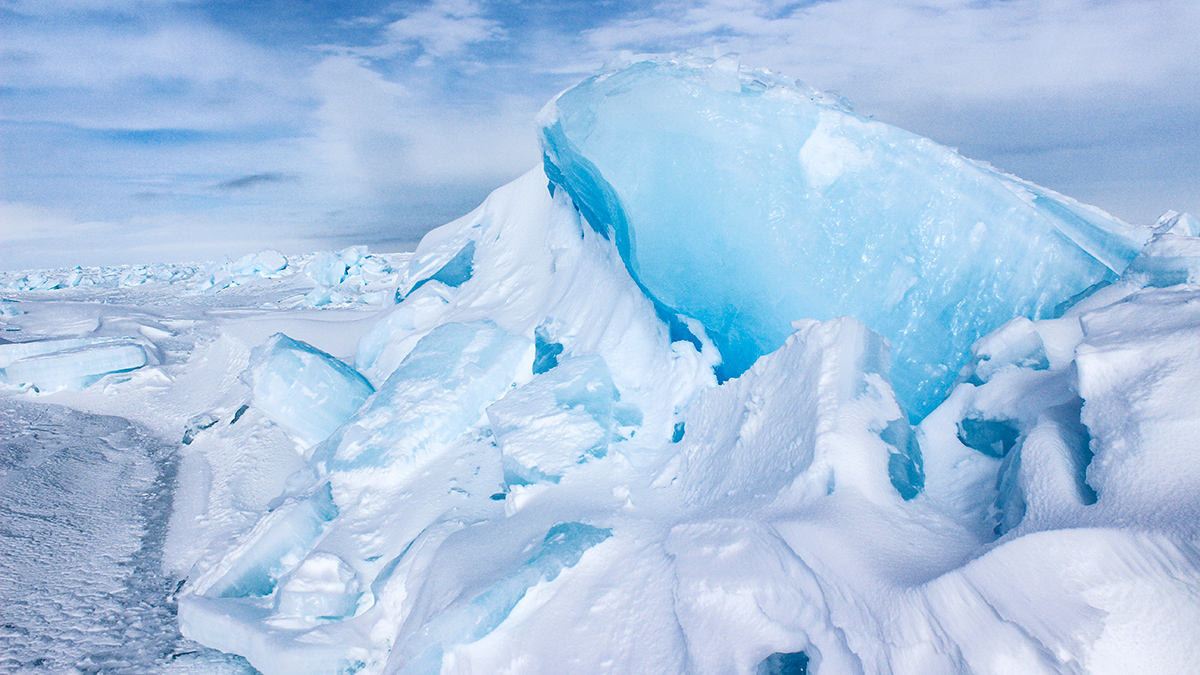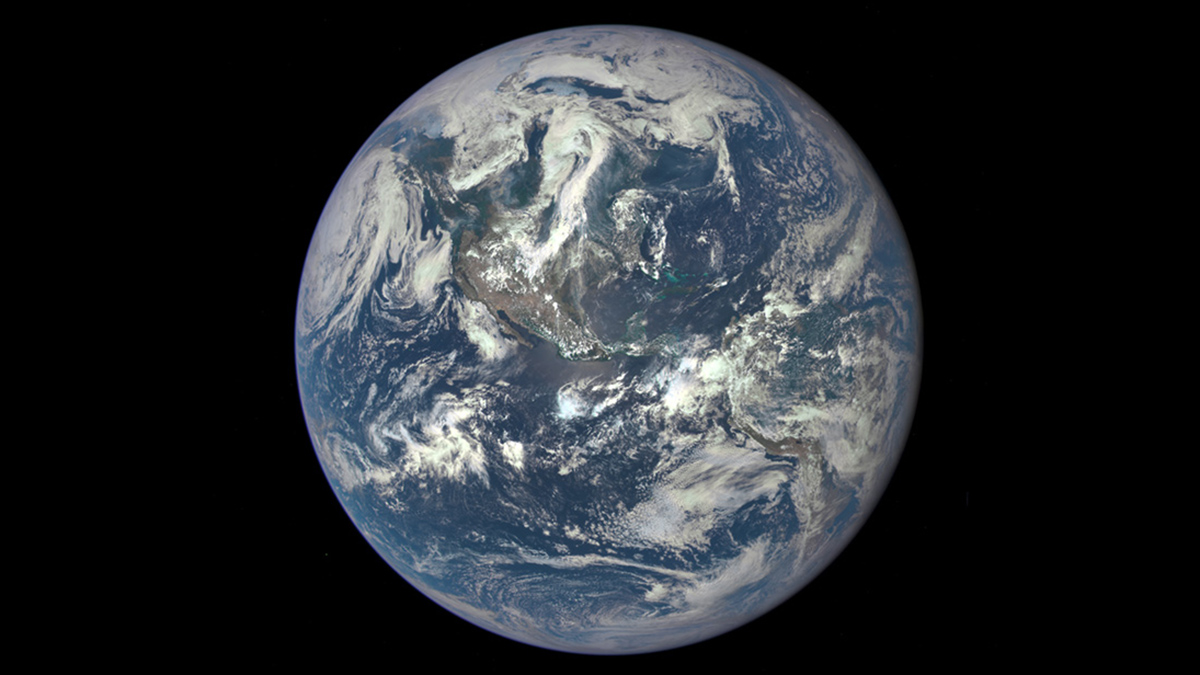A decrease in pressure ridges over the past 3 decades is making the ice more uniform, with unclear consequences.
unsolved mysteries
Ice Core Records Shed Light on a Volcanic Mystery
By analyzing sulfur and volcanic ash entrained in ice cores, researchers pinpointed a caldera in the remote Kuril Islands as the site of an unidentified 19th century eruption.
Darker, Less Cloudy Earth Contributed to Record Heat
Decreases to our planet’s albedo caused by fewer low-lying clouds helped push temperatures to historic highs in 2023, according to new research.
Telescopes Catch the Aftermath of an Energetic Planetary Collision
A planetary collision 1,800 light-years away birthed a body that has cooled in unexpected ways.
Magnetic Meteorites May Explain How the Solar System Assembled
Faint magnetic properties in primitive asteroid fragments suggest an early magnetic field strong enough to shepherd the growth of the outer planets.
Scientists May Have Found Another Viscosity Shift in the Mantle
The proposed distinction could improve Earth models.
Pluto’s Small Moons Are Unlike Any Other
The strange blend of surface chemistry on Nix and Hydra raises big question about the evolution of the Pluto system.
Straightening Out Uranus’s Magnetosphere
New analysis of Voyager 2 observations shows that the craft arrived amid gusty solar wind, muddying our ideas about the giant planet.
Geoscientists Demystify Baseball’s Magic Mud
Taking baseball’s mysterious Rubbing Mud into the lab revealed no magic ingredients—but plenty of useful natural properties from geomaterials.
A Close Asteroid Encounter May Have Once Given Earth a Ring
An unusual concentration of impact craters suggests that they may have been caused by the breakup of an asteroid that created a temporary debris ring around Earth.










